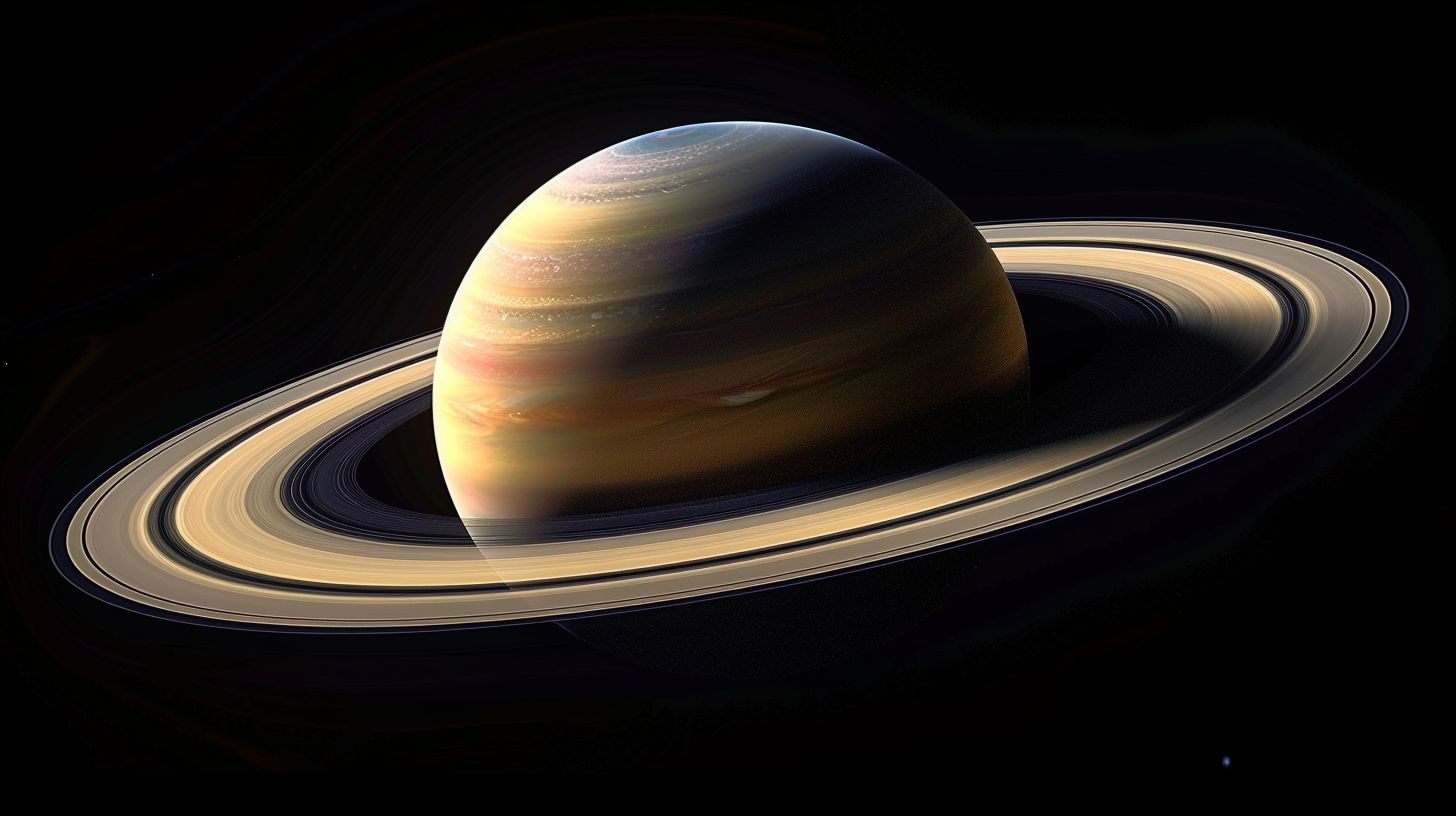Scientists at the University of Houston have made a revolutionary discovery about Saturn that could rewrite what we know about planetary science. Published on Nature CommunicationsResearch reveals a major energy imbalance on Saturn, shaking our understanding of gas giants and their climate models.
“It’s not just about Saturn. It’s a new way of thinking about planets and their atmospheres,” says Liming Li, a professor of physics at the University of Houston. Li and his team have observed, for the first time, a seasonal imbalance in the global energy balance in a gas giant, thanks to incoming data. From the Cassini mission.
The discovery was led by Xinyu Wang, a third-year doctoral student in the Department of Earth and Atmospheric Sciences at the University of Houston. I discovered that Saturn suffers from large seasonal energy imbalances that were not known before. “The planets get energy from the Sun and lose it through thermal radiation,” Wang explains. “But Saturn, like other gas giants, also has a deep internal heat that affects its climate.”
The origin of this imbalance is due to Saturn’s large orbital eccentricity, which varies by approximately 20% between its farthest point from the Sun (aphelion) and its closest point (perigee). These extreme variations cause Saturn’s seasons to last for several years, creating a significant imbalance in the solar energy absorbed.
In comparison, Earth doesn’t deal with this drama. Thanks to its small orbital eccentricity, our planet maintains a relatively stable energy budget. “Earth’s energy budget is mainly about the solar energy it absorbs and the thermal energy it emits,” says Xun Jiang, professor of atmospheric sciences. “Earth’s internal temperature is negligible, and our seasons are quick compared to Saturn’s multi-year marathons.”
The research also indicates that Saturn’s energy imbalance is a key factor in the formation of its giant storms, which are an important feature of the planet’s atmospheric system. These results could shed light on Earth’s climate. “We’ve barely touched on how Earth’s energy budget affects storm development,” Wang says. “Now, we’re digging deeper to see if there’s a connection.”
This revolutionary work was made possible by the Cassini mission, a collaboration between NASA, the European Space Agency and the Italian Space Agency. Launched in 1997, Cassini has spent nearly 20 years exploring Saturn, its rings and moons. Professor Li was selected as a co-scientist to monitor three instruments on board that monitor the radiative energy balance of Saturn.
The study was led by Wang, along with fellow graduate students Larry Guan, Thieshan D. Karandana Ji, and Ronald Albright, under the supervision of Professors Li and Jiang. “Current models and theories of gas giants assume a global energy balance,” Wang says. “Our discovery turns that idea on its head and requires re-evaluation.”
Looking to the future, Lee’s team is keeping an eye on other gas giant planets, especially Uranus. A primary probe mission to Uranus is planned for the next decade, and the team expects it will reveal stronger energy anomalies due to Uranus’s unique orbital eccentricity and high inclination. “Our data suggest that Uranus may be the classic example of an energy imbalance,” says Wang. “We are laying the groundwork now to make sure we are ready for this mission.”
In addition to researchers at the University of Houston, study authors include scientists from NASA, the University of Wisconsin, the University of Maryland, the University of Central Florida, and the University of California, Santa Cruz, as well as scientists from France and Spain.
This discovery doesn’t just add a footnote to Saturn’s profile; it forces a rewrite of textbooks on planetary and atmospheric science. By shedding light on these seasonal energy imbalances, researchers have unlocked an important piece of the puzzle for understanding the gas giants. It also opens up new avenues for studying how these principles apply closer to home, on Earth.
So, the next time you look up at the night sky and see Saturn, remember: There’s a lot more going on beneath those rings than we ever imagined. Thanks to the brilliant minds at the University of Houston, we’re one step closer to unlocking the secrets of our solar system.

“Hardcore beer fanatic. Falls down a lot. Professional coffee fan. Music ninja.”






More Stories
The law allows children and adolescents to visit parents in the hospital.
Scientists pave the way for the emergence of a new element in the periodic table | World and Science
Can dengue cause hair loss? Expert explains how the disease affects hair